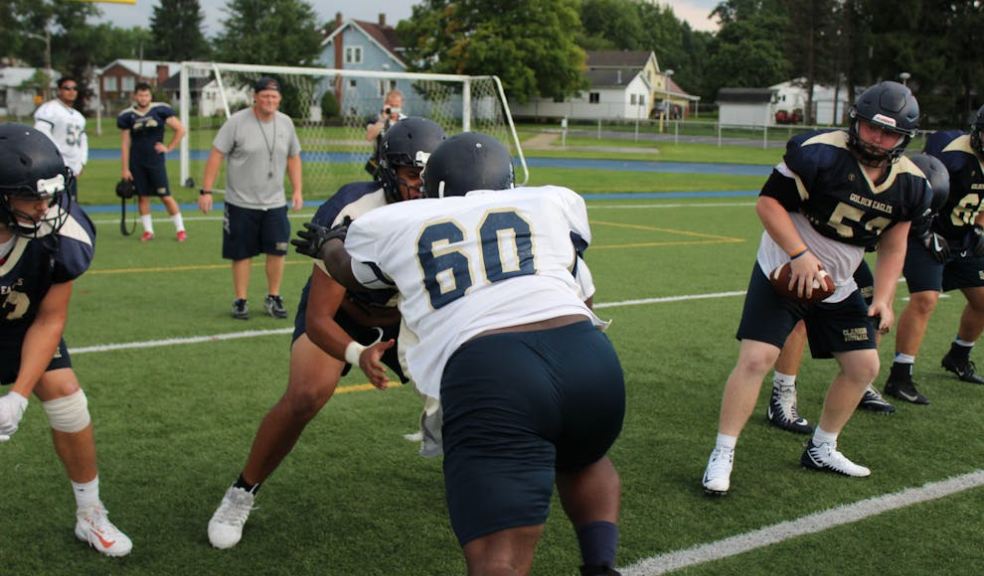
College to Pro: Examining the Challenges and Triumphs of Athletes Making the Leap
Transitioning from college athletics to professional sports is a significant challenge that requires physical prowess, mental resilience, and adaptability. The change involves navigating a higher level of competition and a complete lifestyle shift that can be overwhelming.
Stepping Up the Game
A stark increase in competition characterizes the transition from collegiate to professional sports. Athletes may be accustomed to dominating their sport in college, but at the professional level, every player is exceptionally skilled, having been among the best in their respective college leagues.
It elevated competition demands advanced physical capabilities and significant mental adjustments. Athletes often engage with sports psychologists to develop coping strategies for dealing with stress, performance anxiety, and the relentless pressure to perform at their peak during every game.
Mental resilience becomes as crucial as physical strength. Techniques such as visualization, mindfulness, and cognitive-behavioral strategies are commonly adopted to enhance focus and mental toughness.
Mental resilience becomes as crucial as physical strength. Techniques like visualization, mindfulness, and cognitive-behavioral strategies are commonly employed to enhance concentration and mental toughness. Moreover, seasoned professionals frequently emphasize the importance of developing a "short memory" to quickly recover from poor performances or mistakes.
Moving past errors is crucial for maintaining a competitive edge in high-stakes environments, like the mindset top gambling experts cultivate. For fans looking to bet on sports, understanding the importance of forgetting losses and staying focused on the next opportunity is vital. Strategies like these can help bettors stay mentally sharp and take advantage of promotions such as the underdog promo code to maximize their betting experience.
Financial and Lifestyle Changes
Turning professional can radically alter an athlete's financial landscape, introducing opportunities and challenges with managing newfound wealth. Young athletes often navigate complex financial decisions, from investment strategies to managing assets.
Financial missteps are common, as evidenced by studies showing a high rate of financial distress among retired athletes who did not manage their earnings wisely during their playing days.
The lifestyle changes accompanying a professional career are profound. Increased media attention and public scrutiny can lead to a sense of living in a fishbowl, where every action is observed and critiqued.
Athletes must develop strategies to handle media relations and balance their public persona and private lives. Moreover, one of the best strategies for betting fans is utilizing promotional codes, such as underdog promo codes, which can offer additional benefits and opportunities when betting on their favoyrite athletes.
Navigating Injuries and Health
The physical demands and risks in professional sports are significantly higher than in college sports. The intensity and frequency of training and competition can lead to severe and sometimes career-ending injuries.
Proactive injury prevention strategies become crucial, including regular physical therapy, advanced conditioning programs, and careful game-time management to reduce wear and tear.
Recovery and rehabilitation are critical aspects of a professional athlete's routine. Access to top-tier medical support, including sports medicine specialists and advanced treatment technologies, can improve recovery times and outcomes after injuries.
Athletes invest in their health through direct medical care and by adopting specialized nutrition and wellness programs designed to optimize physical performance and longevity in their sports careers.
College Athletes Going Pro
Christian Miller
Bold decisions and record-breaking performances mark Christian Miller's journey from college athletics to professional sprinting. Opting to bypass NCAA eligibility, Miller stepped into the professional ranks earlier than many of his peers. This decision thrust him into a world with considerably higher expectations and pressures. Adapting to the demands of professional training and competition schedules became an immediate challenge.
In July 2023, Miller ran 10.06 seconds for the 100 meters, setting a new U18 World Record, which he impressively lowered to 9.93 seconds in April 2024. These achievements highlighted his raw speed and the pressure of maintaining such elite performance levels while developing his racing strategies against seasoned professionals.
Danielle Shanahan
For Danielle Shanahan, moving to the professional ranks meant adjusting to a higher level of competition and the pressures of being part of a professional team like HOKA NAZ Elite.
The challenge for long-distance runners like Shanahan lies in balancing increased training volumes with recovery, especially when transitioning from the collegiate circuit, where competitions and training regimens can be less intense than professional standards.
Aleia Hobbs
Aleia Hobbs faced the daunting task of transitioning from collegiate championships to the global professional stage.
The challenge for sprinters like Hobbs is physical and involves navigating the complexities of sponsorships and media attention that come with professional status. Her management team facilitated her transition, which helped negotiate sponsorships and endorsements, which are crucial for a professional athlete's financial security and longevity.
Conclusion
The journey from college to professional sports is fraught with challenges, but it offers unparalleled opportunities for those who leap successfully. By understanding and preparing for the hurdles, athletes can not only survive but thrive in the professional arena, turning potential challenges into triumphs of a lifetime.











